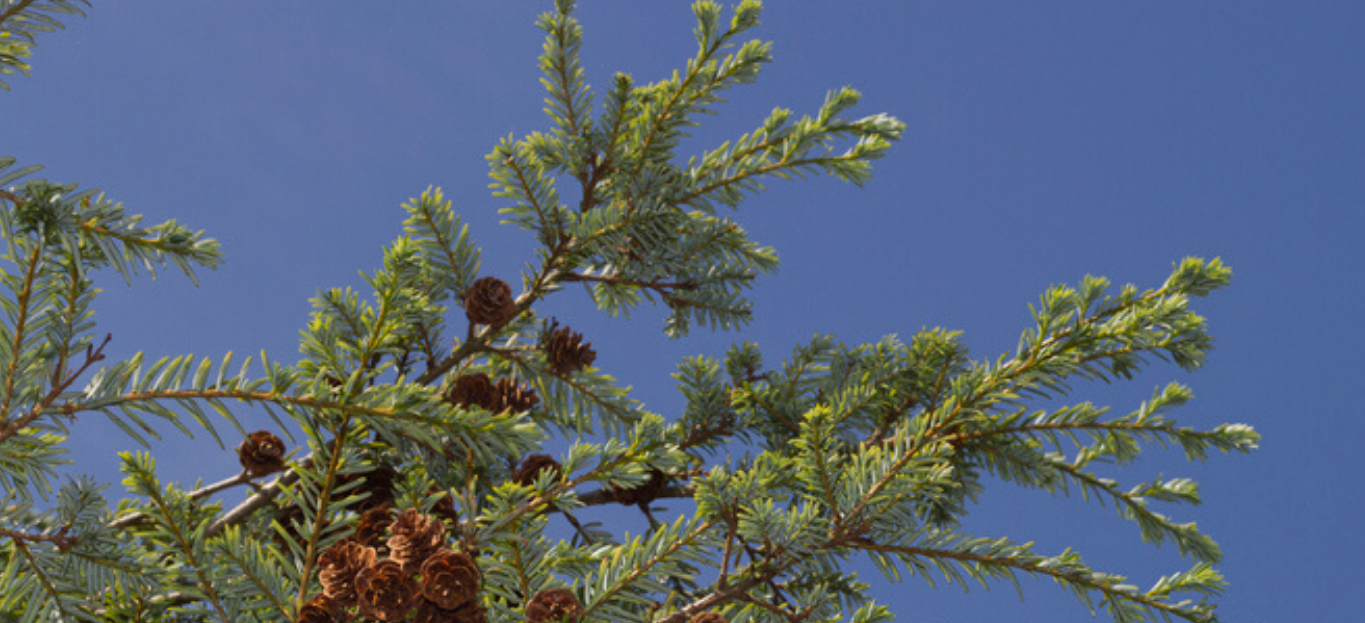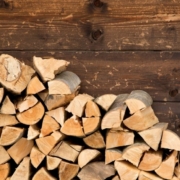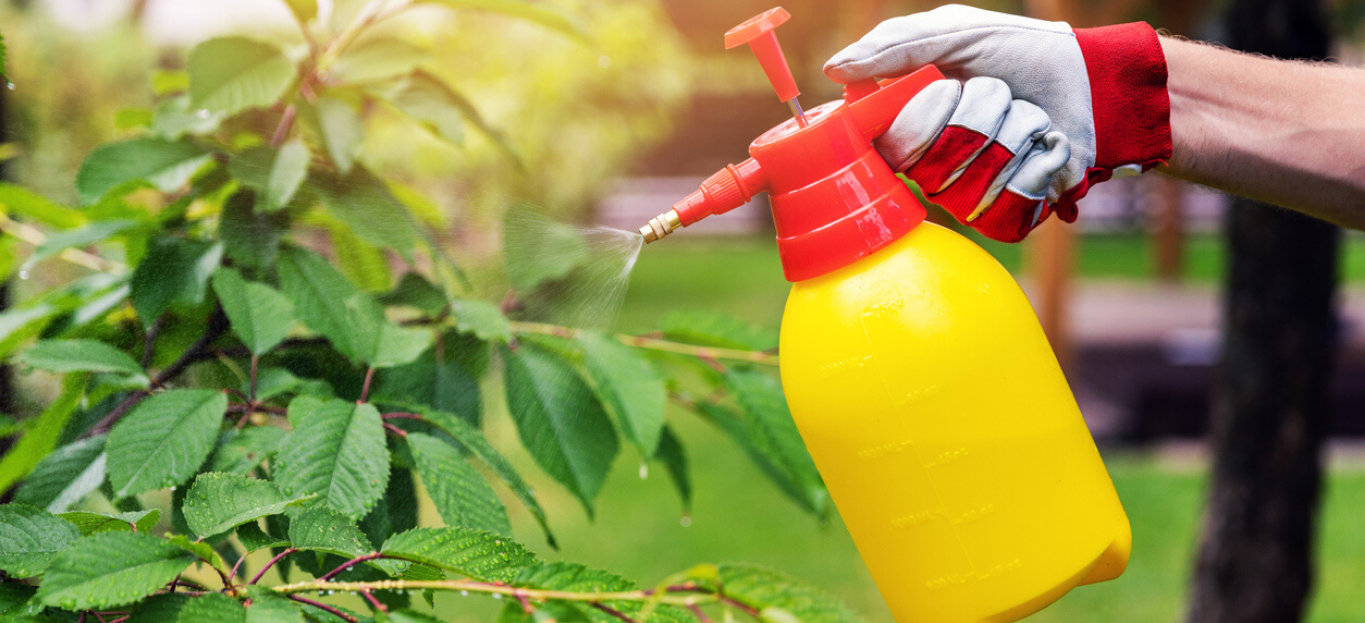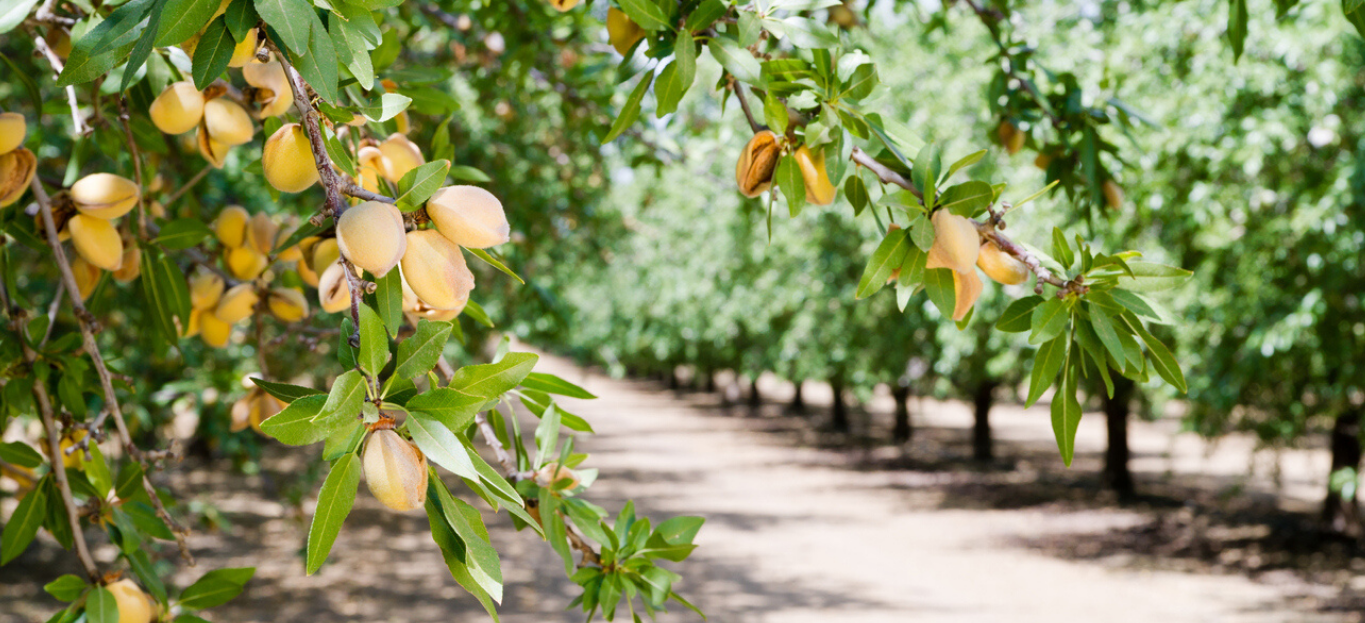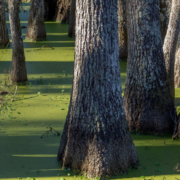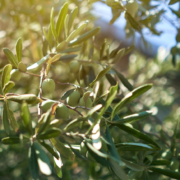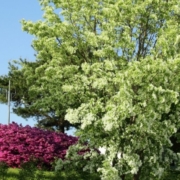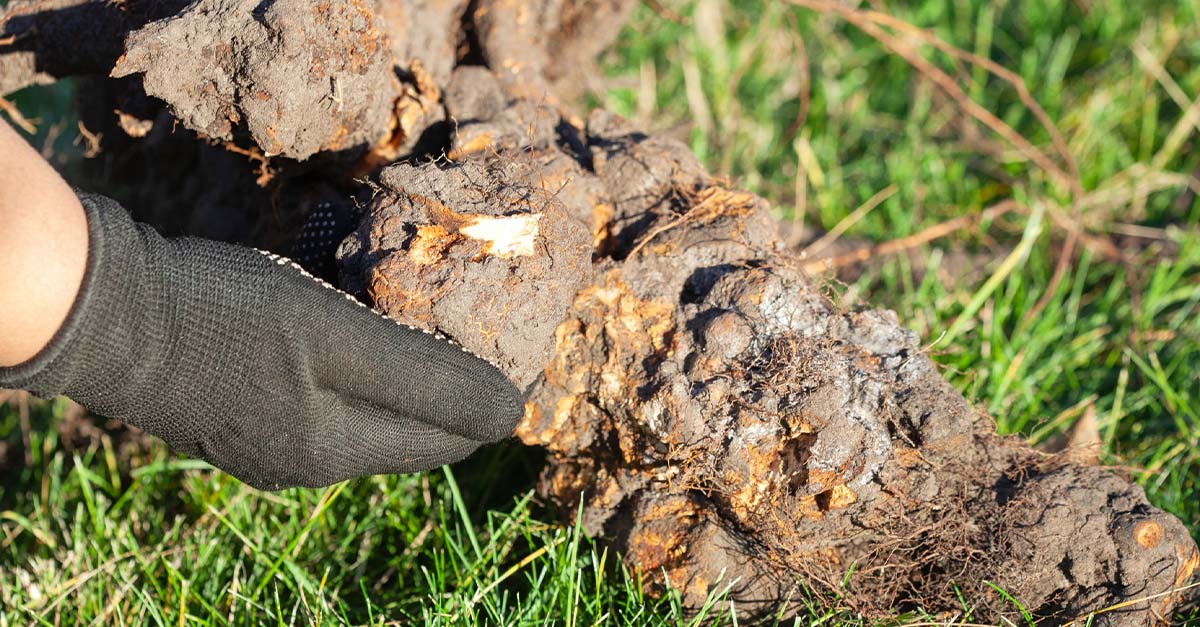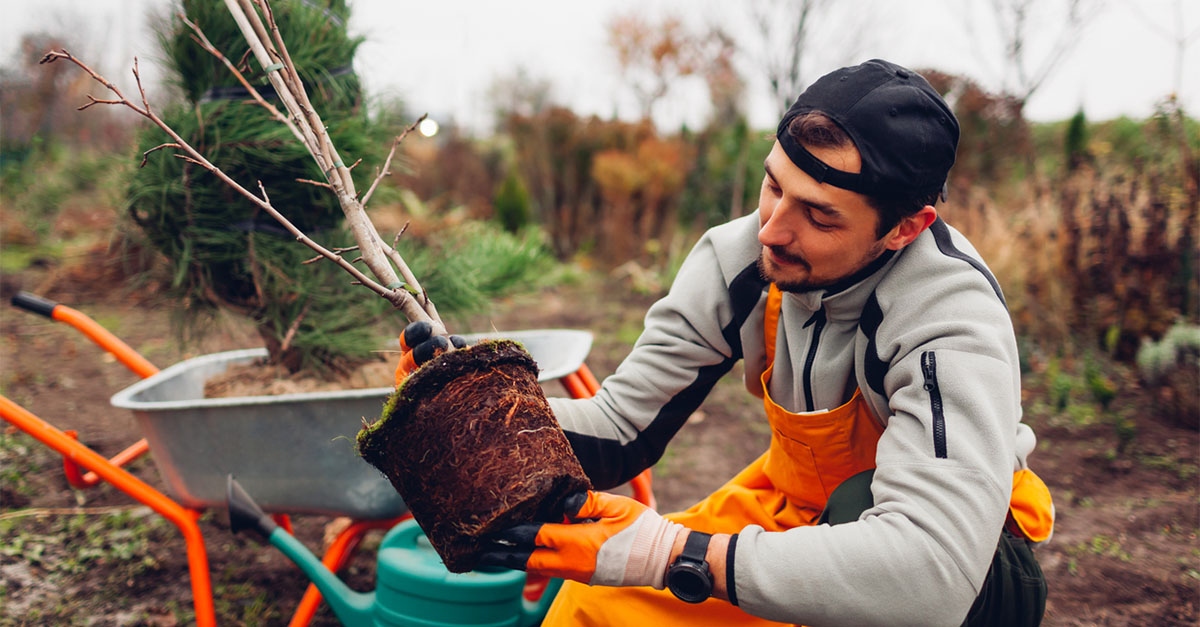Learn about the Eastern Hemlock, Georgia’s Endangered Tree
In 2002, a secret killer was set loose in Georgia. It traveled all the way from Asia to run rampant on Georgia’s wonderful tree, the Eastern Hemlock. The killer? A tiny insect called the hemlock woolly adelgid. This tiny insect is killing trees quickly without much control, turning the situation into a crisis. Since the bug first landed on our soil, it has wreaked havoc in 19 Georgia counties, covering the entire native hemlock range in Georgia.
To help fight against the endangerment of this tree, we’re discussing the Eastern Hemlock and the bug that is attacking it.
What is the Eastern Hemlock?
The Eastern Hemlock is a tree that lives in a wide area in North America. It starts in the southern tip of Canada and travels all the way to the northern part of Georgia and Alabama. These trees are a beautiful variation of pine, can live to be 500 years old, and prefer higher elevations with lots of moisture.
Currently, it is endangered thanks to the hemlock woolly adelgid.
This tree affects so many parts of our natural lives, including migratory birds, fish, and mammals. They create habits for our favorite wild creatures, they impact the population of certain species, and they keep our soil cool with shade.
Since they’ve become endangered, consequences have reached far and wide. Dead hemlock trees create fire hazards, leave species of animals homeless, and impact our waterways. Scientists agree that if this tree is lost, it would be irreplaceable and would cause much damage to our state.
How to Fight Against the Hemlock Woolly Adelgid
Unfortunately, this insect is almost impossible to get rid of in Georgia’s environment. Thanks to the fact that they don’t have many natural predators here, the best plan of action is the management of their population and preventing them from affecting as many trees as possible.
A three-step plan is required to do just that involving cultural, chemical, and biological actions. Cultural requires best practices for taking care of the tree in order to prevent the insect from spreading, such as mulching during droughts or not placing bird feeders near the trees. Chemical means using treatments that kill the insects but don’t harm other parts of the environment. Finally, the last step of the plan, biological, includes working with living organisms that can help fight against the insects. This means helping to find natural predators and then raising their population numbers.
If you live in the north Georgia area, consider volunteering with a non-profit organization based in Dahlonega that dedicates it’s time to saving the Eastern Hemlock. You can read about Save Georgia’s Hemlocks here.
If you have any questions about how to preserve the health of your local landscape, contact the experts at Premier Tree Solutions by clicking here or call us at 404-252-6448.

